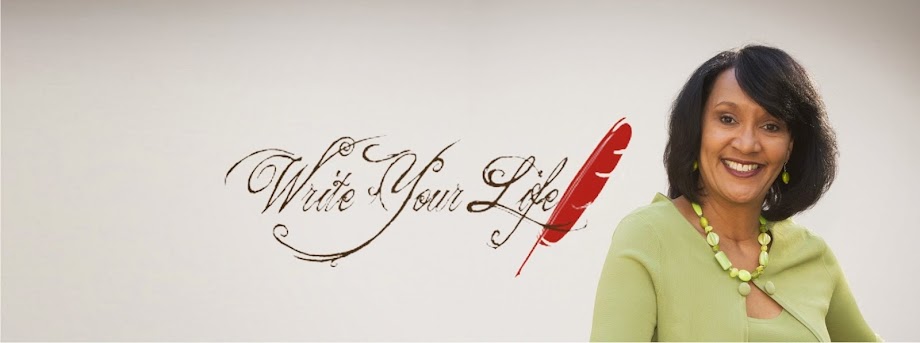Everyone has a story. Have you struggled to find work and finally landed the job of your dreams? That’s a story. Were you stuck in bad relationships for years before you learned how to attract the right person? That’s a story. Did you always want to write a book but lacked confidence until you found someone who inspired you to take action? That’s a story.
The power of stories lies in their ability to teach and inspire. Heroes inspire others with their courage. Think of John Fitzgerald Kennedy, Mahatma Ghandi, Winston Churchill, Martin Luther King, Jr. They believed in the power of dreams and helped make our world a better place. Or William Shakespeare, Rudyard Kipling, Mark Twain, and Lewis Carroll. Their writing has shaped the minds of students for years and inspired many to become authors.
Stories share themes that people can relate to. You’re not the only one who searches for a dream career. You’re not the only one who desperately wants the love of your life. And you’re certainly not the only one who wants to make a million dollars. If your story addresses one or all of these themes then you have something in common with other people. Those reading your story feel a connection to you and to your experiences, giving your story universal appeal.
With universal appeal your story can reach hundreds, thousands, even millions of people. But how do you put that in your book, especially if you’re writing nonfiction?
Spice It Up
Nonfiction
books can sometimes seem dry or technical with page after page of detail.
Although readers want the information you share, there is a way to make that
information interesting: do it with personal stories.
Suzy had a
great idea for a book to help people with relationship problems. She’d been in
and out of bad relationships for over 10 years and finally found the man of her
dreams. But she didn’t know how to start writing. Every time she tried to write
she froze. She’d start a sentence then erase it. Start again and write a couple
lines and decide to change direction. After 15 minutes of this she wanted to
tear up the paper. This happened for several days. She was in tears when we met
and ready to give up hope.
I suggested
she take several deep breaths to calm down, then I asked her to tell me how she
met her current husband. Her eyes brightened, her slumped shoulders
straightened, and her entire body radiated purpose. She was relaxed,
passionate, and on a mission. When she finished her story, I told her, “Start
with what you know. Start with the story of how you met your husband.”
The last
two paragraphs are a personal story.
They’re not about details or technicalities. They don’t tell you about
sentence structure or character development. They demonstrate a personal
struggle and how a shift in thought helped one author achieve a victory. Suzy
was inspired when she left her coaching session and she was able to go home and
write.
You want
your stories to inspire people, to show them a way out of their struggle, to
let them know someone has been successful and they can be too. The next time
you write, include a personal story. What happened to you? What struggle did
you overcome? What personal stories can you share?
________________________
________________________
Nanette Littlestone is a freelance editor, writing coach, and author who has worked with both fiction and nonfiction for 20 years. She specializes in helping authors to use their passion to achieve their own unique voice and message. For more information, please visit www.wordsofpassion.com









